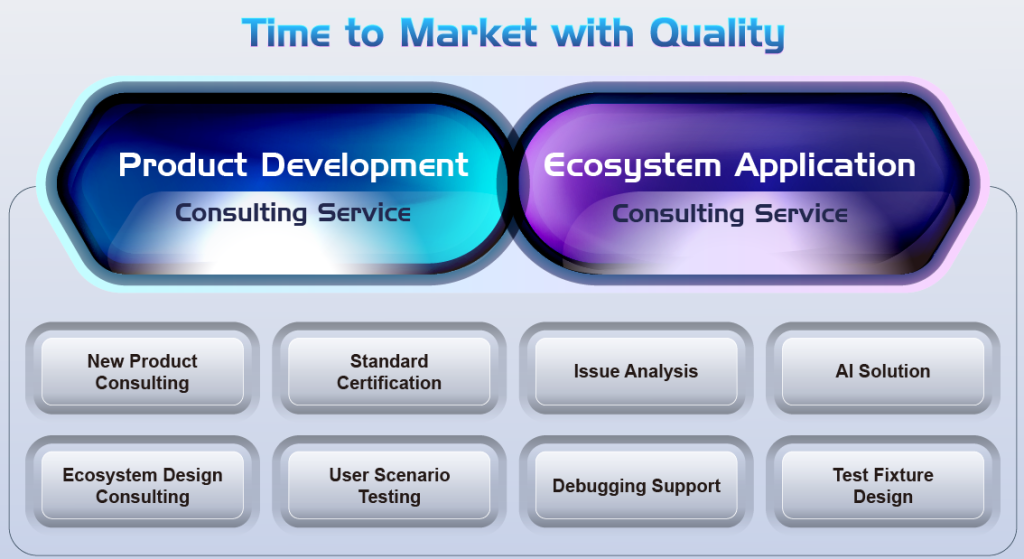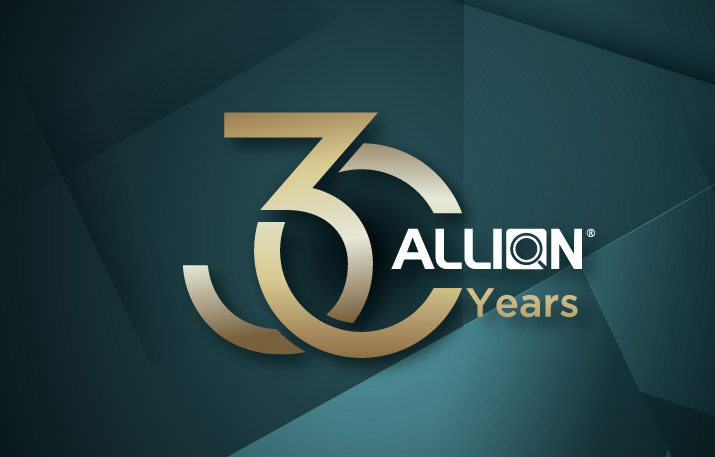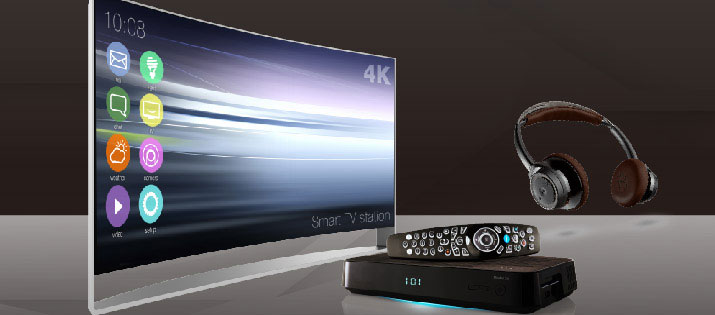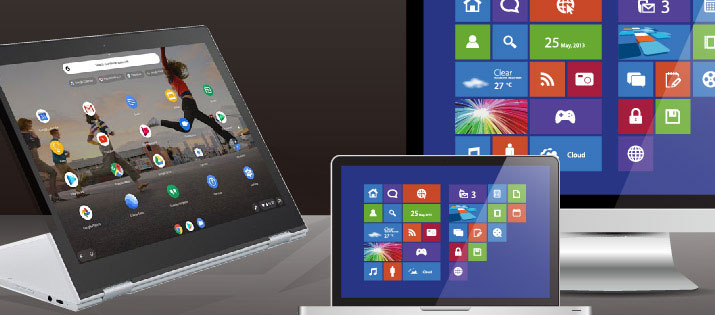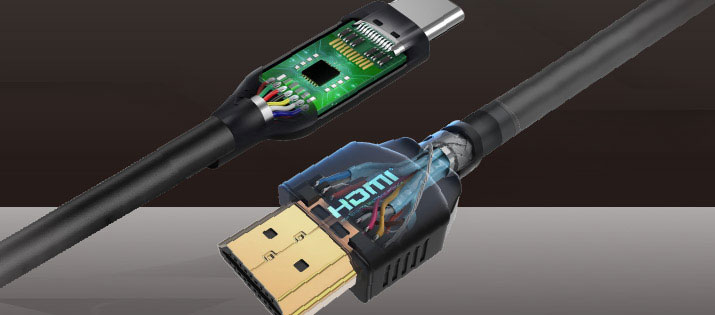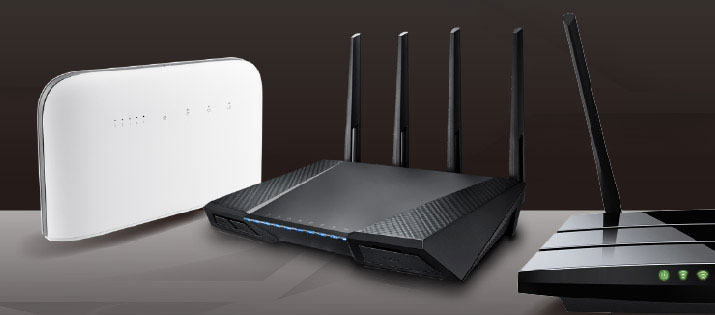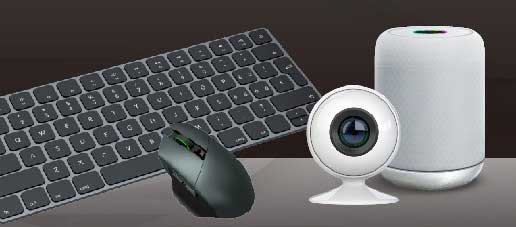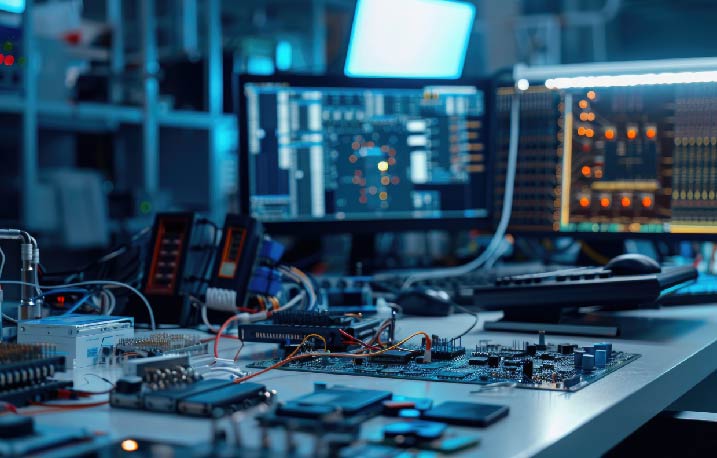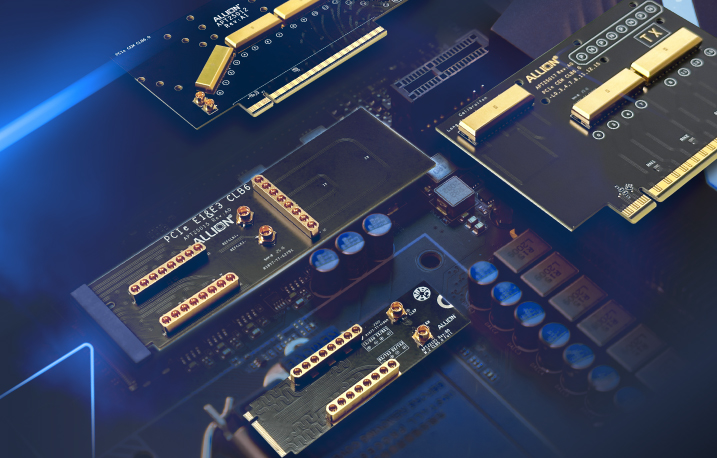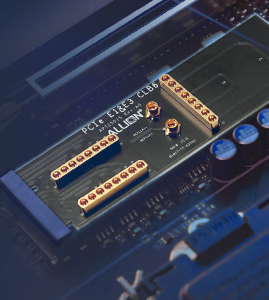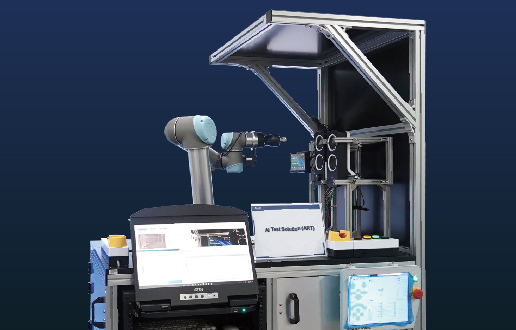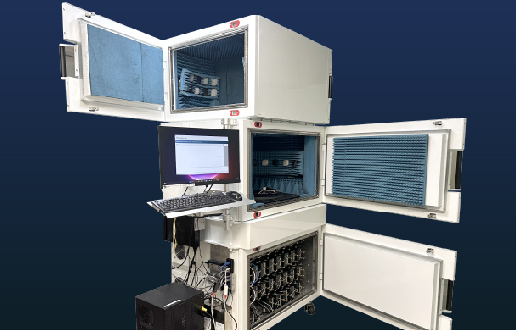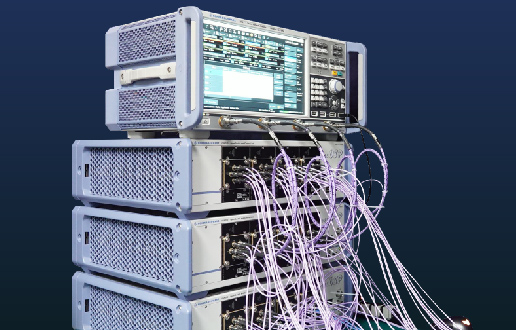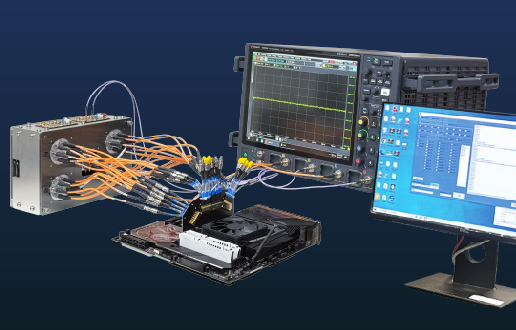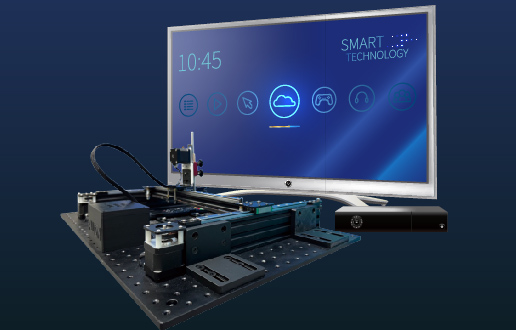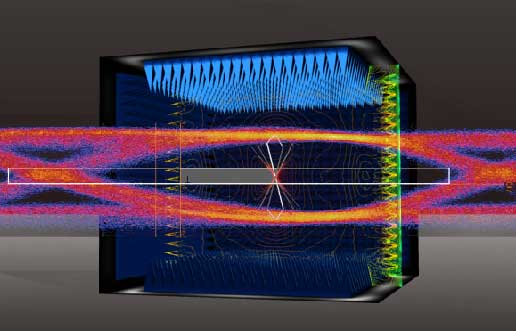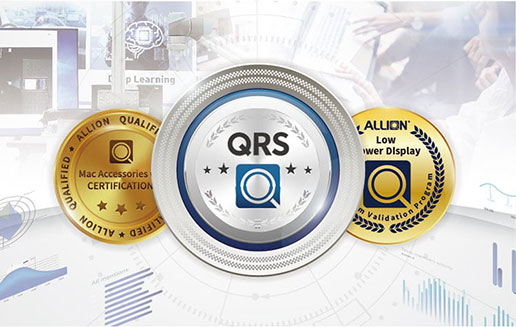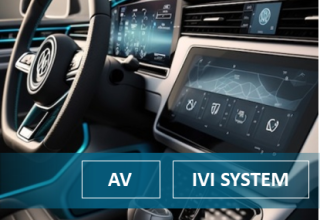With the growing demand for gaming and video entertainment, more and more monitors in the market advertise “high refresh rate” as a key feature, aiming to provide smoother visual experiences. Whether it’s for gamers seeking quick response times or movie enthusiasts who prioritize image clarity and stability, high refresh rate displays have become a popular choice.
However, smooth visuals depend on more than just refresh rate. One often-overlooked factor that significantly affects user experience is frame drop.
If a PC system cannot consistently output the corresponding FPS (frames per second), then even a high refresh rate monitor cannot prevent stuttering, tearing, or input lag caused by dropped frames—ultimately degrading the overall user experience.
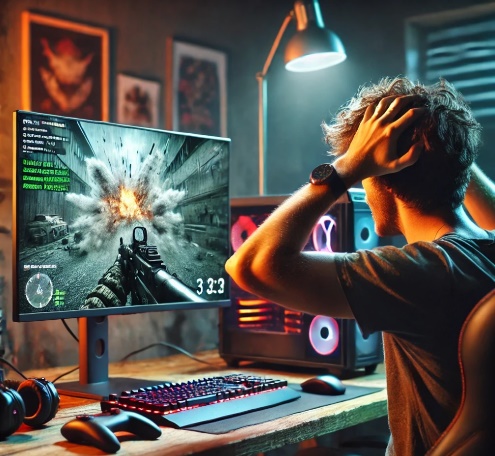
The Client’s Challenge: High Refresh Rate Devices Still Triggering Customer Complaints
In this case, the client—a well-known laptop manufacturer—had recently launched a new high-refresh-rate laptop. Despite following standard verification processes prior to shipment, users began reporting issues after the product’s release:
- Input lag during gameplay, resulting in poor responsiveness
- Stuttering and jerky visuals while running games
- Screen tearing when characters move quickly or when switching scenes
- Choppy playback when viewing high-resolution videos
Although the client believed that internal tests showed smooth performance during both gaming and video playback, and the hardware met standard requirements, the post-launch complaints persisted. This left the client puzzled, and they turned to Allion for a deeper analysis.
Allion’s Solution: Simulate Real-World Usage and Identify the Frame Drop Bottleneck
During in-depth discussions, Allion’s Audio-Video consulting team discovered that the client’s product verification had not accounted for use cases involving high-frequency, high-speed external displays. This oversight led to problems during actual usage, resulting in a surge of customer complaints.
Allion explained that FPS (Frames Per Second) and Refresh Rate are two core factors in visual performance. Although related, they are independent and must work together for optimal results.
In general, higher FPS and refresh rates enhance the visual experience, but if they are mismatched:
- If FPS > Refresh Rate → performance is limited by the monitor
- If FPS < Refresh Rate → results in frame drops, tearing, and input lag
To reproduce and clarify the problem, Allion recommended using a high refresh rate external monitor to verify frame drops. The client provided the problematic laptop (Notebook-1), and Allion selected another laptop with similar hardware specs (Notebook-2) as a control unit. Both were connected to high refresh rate monitors via HDMI for performance testing.
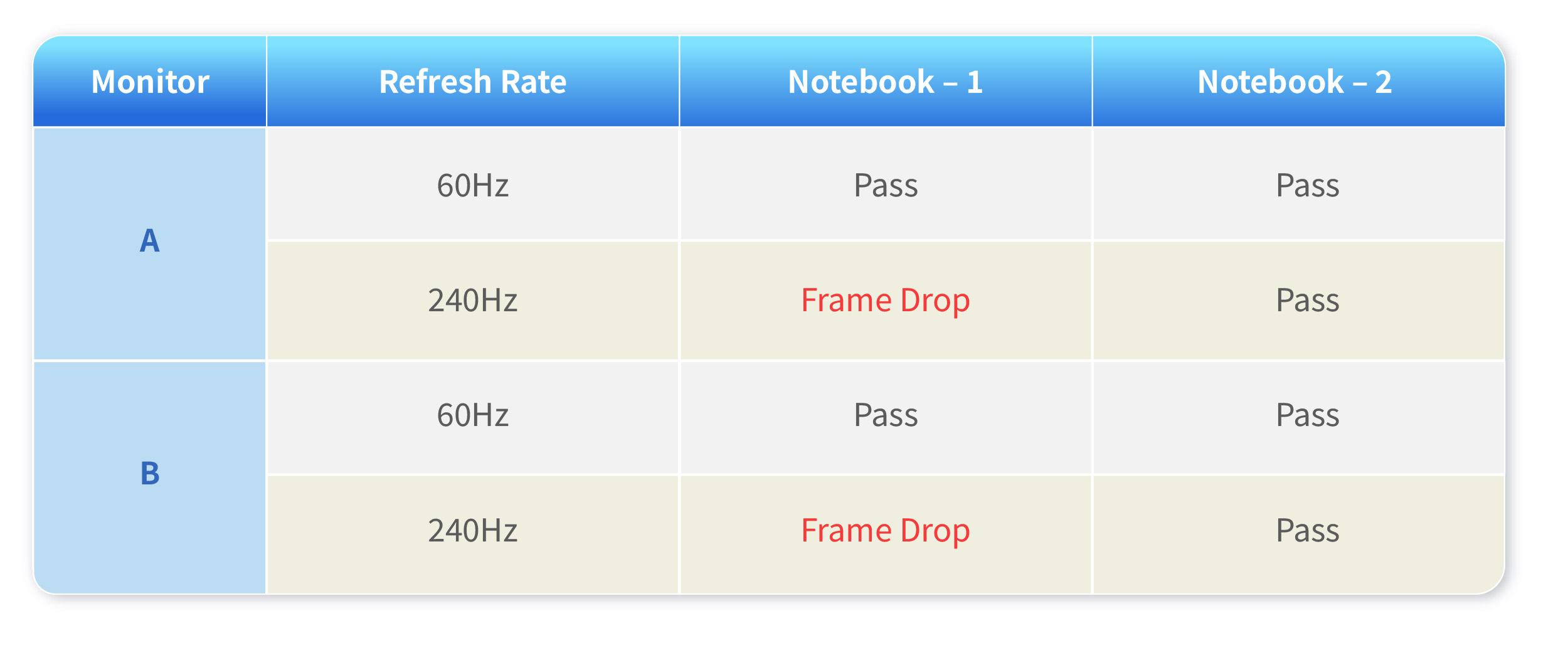
Test Results & Analysis : Frame Drop Bottlenecks at High Refresh Rates
- Client Laptop (Notebook-1)
- Stable performance at 60Hz with Monitors A and B; no frame drops
- At 240Hz, severe frame drops occurred—about 60 frames lost per second
- FPS dropped to around 180, with visible tearing and input delay
- Control Laptop (Notebook-2)
- Stable at both 60Hz and 240Hz with no frame drops on either monitor
Although both laptops had similar hardware specs, Notebook-1 clearly suffered from performance bottlenecks when connected to a 240Hz display. Further testing revealed that frame drops began as early as 144Hz, confirming a performance ceiling that significantly degraded the user experience.
Allion’s Recommendations:
- Update and optimize graphics drivers to improve output efficiency
- Enhance system component coordination, such as CPU, GPU, and memory, for better overall performance
- Improve thermal and cooling design to prevent performance throttling or instability caused by overheating
Verification Results:
After implementing Allion’s recommendations, the client conducted follow-up tests:
- Notebook-1 showed no frame drops at both 144Hz and 240Hz with Monitors A and B
- Within just two days, Allion verified across five different monitor brands, using various video output interfaces (USB-C, DP), confirming no frame drops in any scenario
Faster, Easier, Better – Allion Consulting Services
In today’s competitive display ecosystem, striking a balance between speed of innovation and stable quality is crucial to winning users’ trust. Allion’s professional consulting services help you quickly establish a complete display ecosystem, craft precise development strategies, and design tailored test and validation plans.
With our technical expertise and comprehensive support, we make your product development process smoother and more efficient.
Our Services Include:
- Assisting in rapid establishment of a display ecosystem
- Providing timely and precise development/validation strategies
- Planning efficient and effective verification plans
- Offering real-world user scenario testing
- Delivering expert issue isolation and debugging support
By identifying display-related risks early, Allion helps you improve user experience, build brand trust, reduce development time and costs, and enhance device compatibility within smart display ecosystems. Let your team benefit from faster, simpler, and better support, and achieve your Time to Market with Quality goals!
If you’re facing challenges with high refresh rate validation, feel free to contact us through the form below.
Allion is ready to provide customized solutions to help your product stand out in today’s competitive market.
